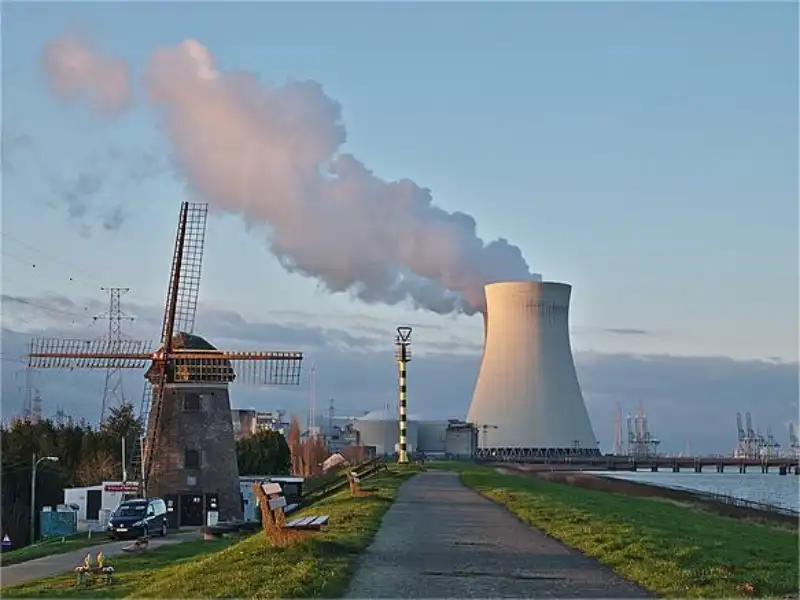- In 1986, the Chernobyl disaster released massive amounts of radioactive particles into the atmosphere, leading to thousands of cancer cases and creating a 1,000-square-mile exclusion zone that’s still off-limits today.
- Nuclear power plants generate tons of radioactive waste, and it’s not something about everyday trash. This stuff stays dangerous for thousands of years.
When nuclear power plants fail, it’s like a nightmare. The 1986 Chernobyl disaster unleashed massive radioactive particles, leading to thousands of cancer cases and a 1,000-square-mile exclusion zone. Similarly, in 2011, Fukushima’s meltdowns due to an earthquake and tsunami caused severe radioactive contamination, highlighting the immense risks of nuclear energy.
Catastrophic accidents
In 1986, the Chernobyl disaster released massive amounts of radioactive particles into the atmosphere, leading to thousands of cancer cases and creating a 1,000-square-mile exclusion zone that’s still off-limits today.
Fast forward to 2011, and the Fukushima disaster in Japan showed us that even in a highly developed country with advanced technology, things can spiral out of control. The earthquake and tsunami combo knocked out power and cooling systems, causing reactor meltdowns and massive radioactive contamination.
When nuclear power plants go wrong, they go really wrong like Chernobyl, Fukushima. These weren’t minor oopsies; they were full-blown disasters that had long-lasting effects on human health and the environment. These accidents aren’t just historical footnotes, they’re haunting reminders of how high the stakes are when it comes to nuclear energy.
Also read: Microsoft hires nuclear expert to fuel its data centres
Also read: Hybrid quantum-classical computing simulates neutron scattering
Radioactive waste
Nuclear power plants generate tons of radioactive waste, and it’s not something about everyday trash. This stuff stays dangerous for thousands of years.
Imagine having a garbage bin in your backyard that your post-generations will still have to deal with. That’s essentially what we’re doing with nuclear waste. There’s no foolproof way to dispose of it. Most of it gets stored in temporary facilities that weren’t designed for the long haul.
Yucca Mountain in the U.S. was supposed to be a long-term storage site, but it’s been mired in political and scientific controversy.
Transporting this waste is a risky business. One wrong move, and you could have a radioactive spill on a highway or in a populated area.
High costs and economic risks
Building and maintaining nuclear power plants is expensive, usually talking billions of dollars just to get one plant up and running.
For example, the Hinkley Point C project in the UK is projected to cost over £22 billion ($29 billion). That’s a huge amount of money that could be invested in safer, more sustainable energy sources like wind or solar.
And it’s not just about the initial costs; decommissioning old plants is also pricey and complex. Additionally, almost in every country, the one who foots the bill for cost overruns and delays is taxpayers.
Then there’s the issue of nuclear plants being sitting ducks for terrorist attacks or geopolitical conflicts. Imagine a cyber-attack that disables safety systems or a missile strike that targets a plant. The financial and human costs of such scenarios are almost unimaginable.

